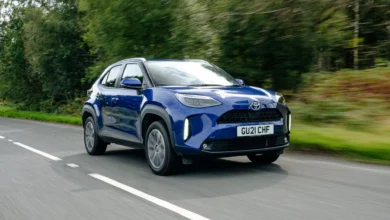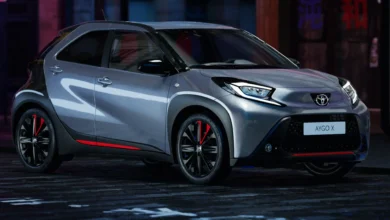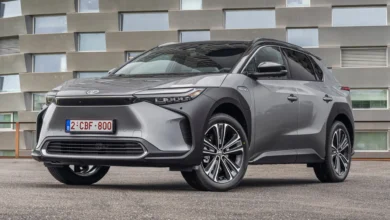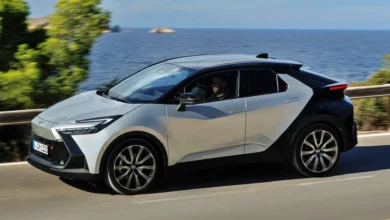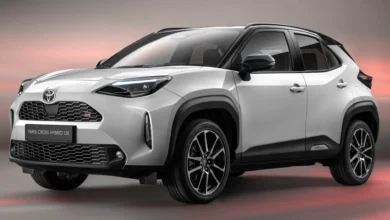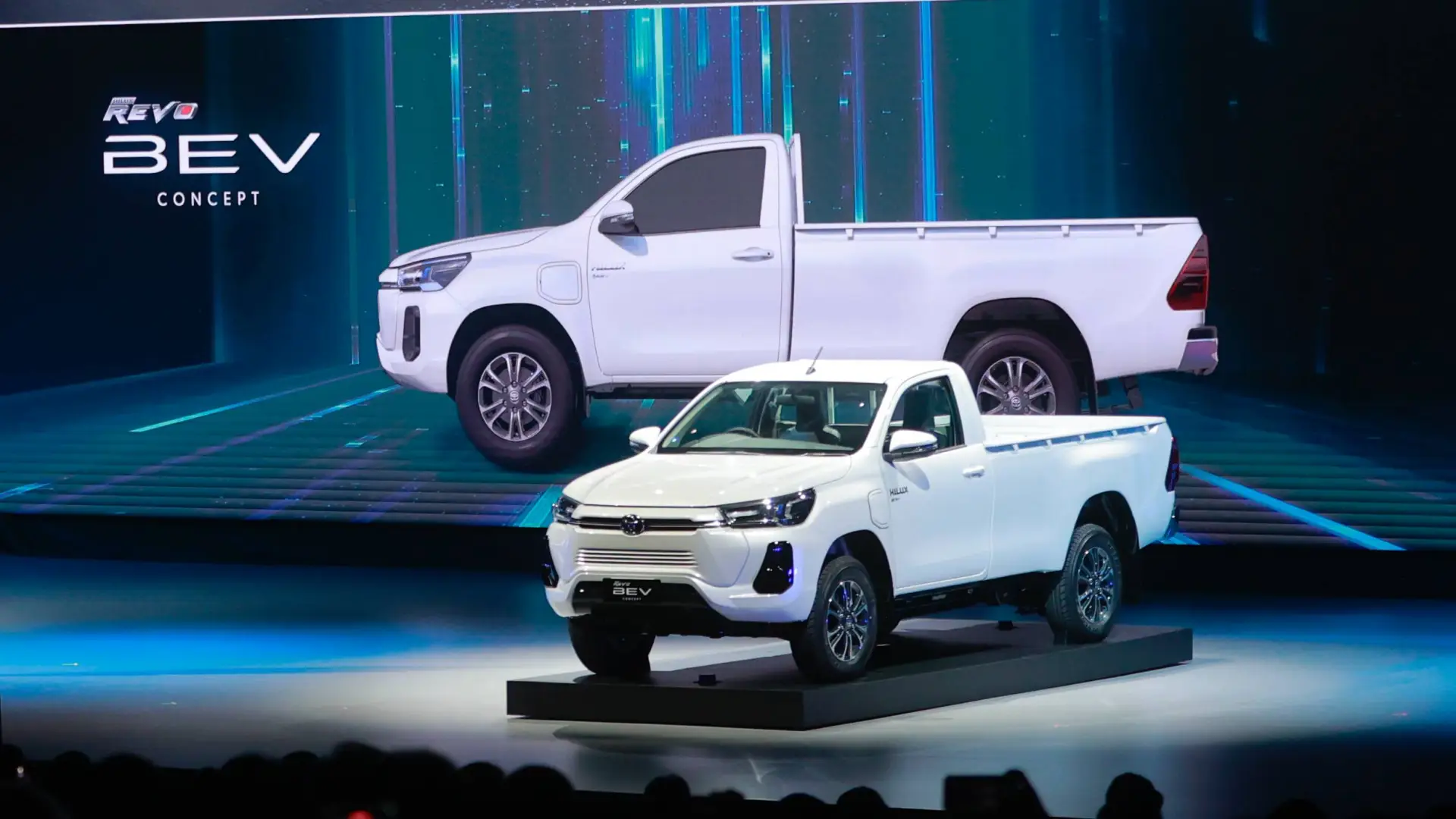
Toyota is not forgetting traditional vehicles for the future. Very surely, before the Toyota Hilux celebrates its 60th anniversary in 2028, it will have a 100% electric version, as well as another hydrogen fuel cell version.
Thailand is one of Toyota’s favorite countries, and they have completed 60 years of presence in the local market since the founding in 1962 of their first local facilities. In 1964, the production of vehicles shipped from Japan in the form of kits began, and Toyota’s modus operandi was outside Japan until 1979. From then on, full local production was committed where necessary.
This 60th anniversary in Thailand has been the excuse to present two prototypes, the IMV 0 concept, and the Hilux Revo BEV concept. Their technical data has not been revealed about these two vehicles and we cannot assume that they are functional, but rather declarations of intent for the future.
The Thailand division was commissioned 20 years ago to design and build a vehicle called IMV, which stands for Innovative International Multi-Purpose Vehicle. The result reached the market from 2004, and thus until the present.
In other words, we’re talking about the Toyota Hilux and its off-road or SUV equivalent, the Fortuner, which is completely enclosed. Another lesser-known model is the Toyota Innova, the same but a minivan type. They are all based on the same platform and respond to the needs of different audiences, maximizing synergies.
The Toyota IMV 0 Concept is not electric, Akio Toyoda explained it in his way: “designed to support economic growth and mobility for all.” This, in Toyota language, means internal combustion engine. His company considers it one more means to reach zero-emission mobility -ideally, with carbon-neutral fuels-.
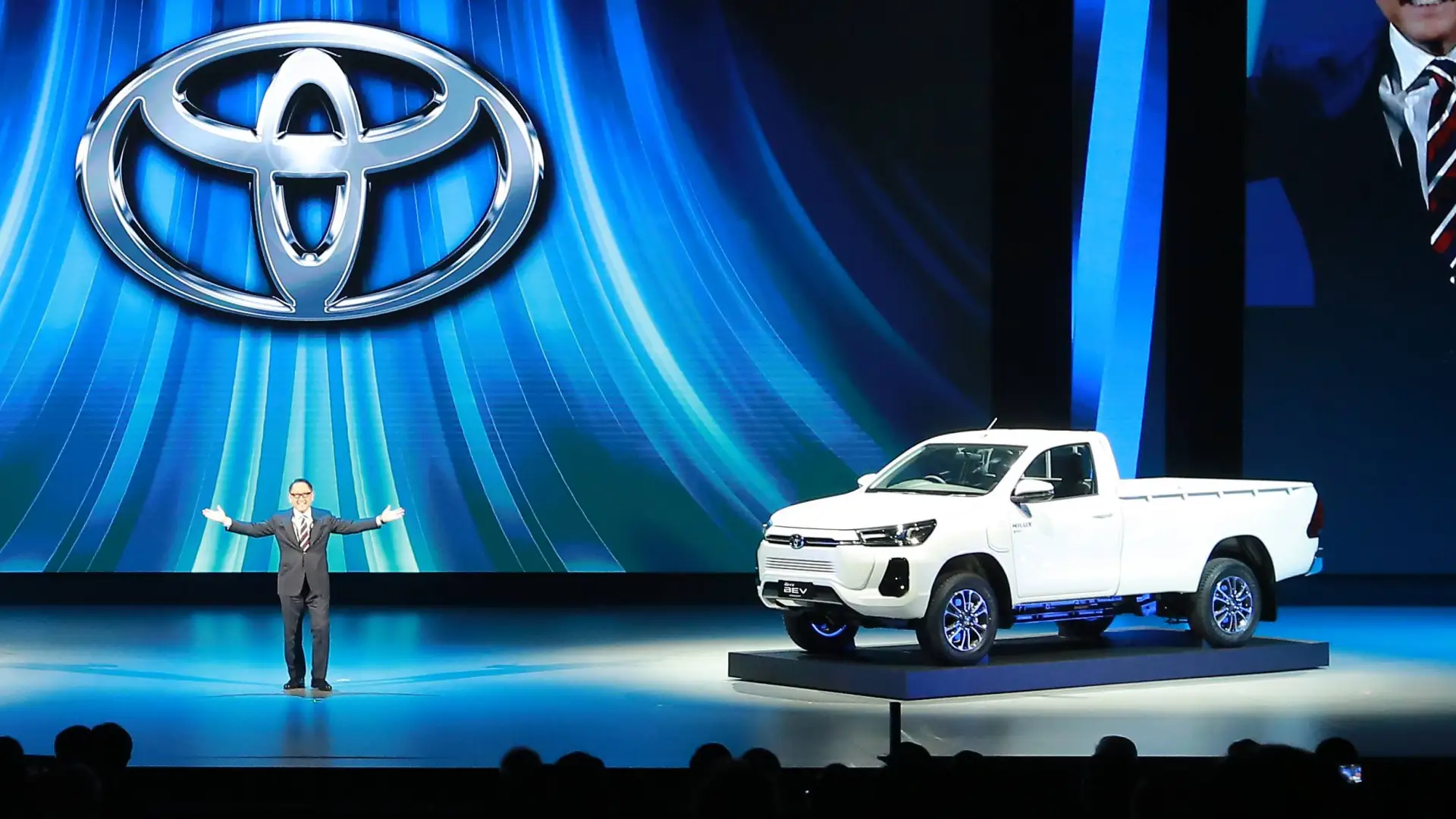
But something different is the Hilux Revo BEV concept: “designed to support carbon neutrality and a better environment for all.” The language is fine-tuned so as not to drop the obvious, the environmental impact of an electric vehicle and an internal combustion vehicle is never the same.
Today, the models based on the IMV platform only use conventional engines, gasoline or diesel, and there are not even hybrids. And this has an easy explanation, it is the typical vehicle with a chassis of beams and crossbars, which is used for robust vehicles from single-cab pick-ups to trucks and large SUVs.
The most observant will have agreed that in the photo of 15 Toyota and Lexus prototypes with electric motors for the future, nothing similar to the Hilux or a pick-up appears. Toyota’s electrification priorities are clear: passenger cars. For heavy transport hydrogen in fuel cells seems to be more important to them.
Toyoda did not miss the opportunity in his speech to say that you should not risk everything on the pure electric card, that there are more alternatives, and that “the bad guy” is a carbon (CO2), not specific technologies. The proposed alternatives, both hydrogen and synthetic fuels, have and will have an insurmountable performance toll unless the universal laws of physics and chemistry change.
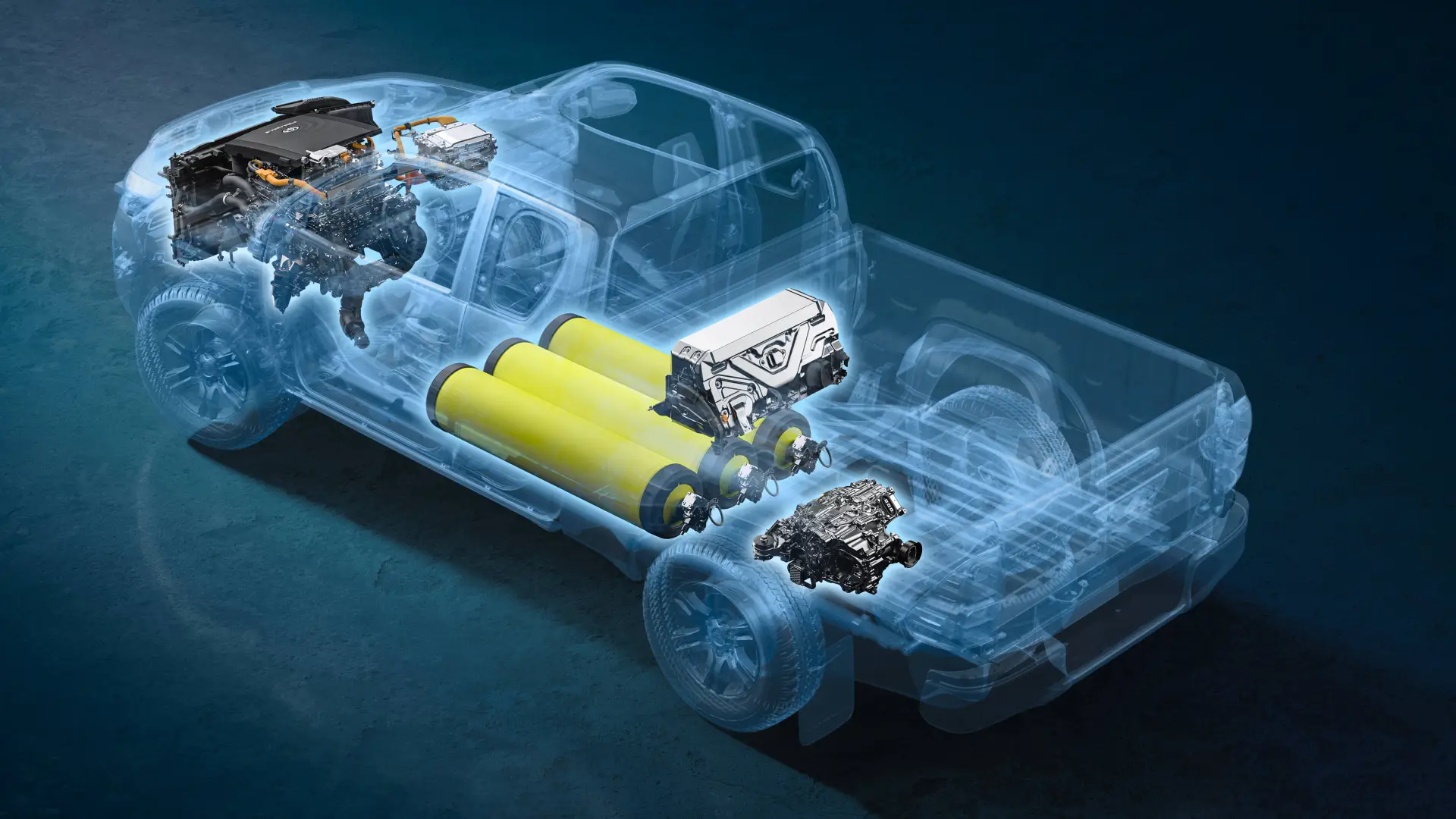
In fact, before announcing the electric Hilux prototype, the Toyota Hilux H2 Hydrogen was unveiled, which instead of electrochemical batteries will use a hydrogen fuel cell to power electric motors, one for each axis. All of this suggests that Toyota will opt for a flexible IMV platform that caters to gasoline, diesel, 100% electric, and hydrogen fuel cell.
The Hilux is a universal vehicle, which still circulates through the streets of Paris without a stain of mud, which circulates in any lost place by the hand of the Highest, hundreds of kilometers from a gas station and paved roads. Therefore, it does not make sense to think of a 100% electric platform. Of course, for the North American market, there is something more suitable, the Tundra, and that goes apart.
Toyota has reinforced its commitment to Thailand, a country where the Japanese set up the first factory with local components, the first engine factory, the first technical center, and the first battery recycling plant. As a brand, it was the first to introduce hybrid and electric, and its market share is 33%. Thailand is the 10th world constructor in importance.
